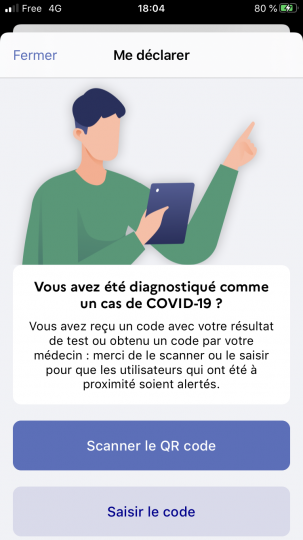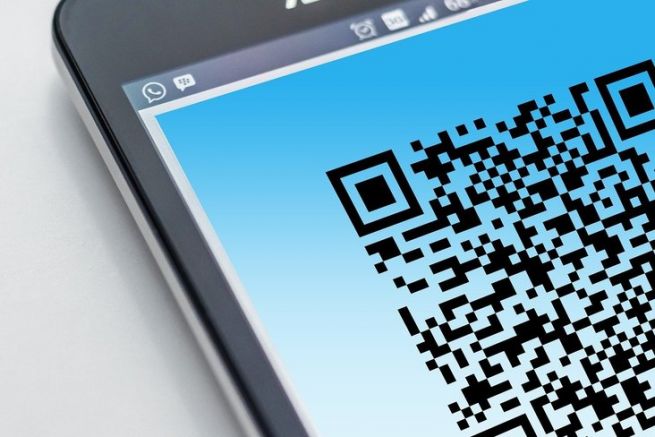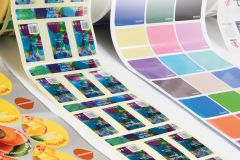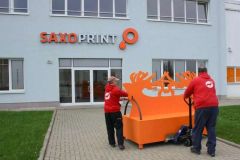Thought to be dead and buried, the QR code is making a comeback with the coronavirus and the implementation of barrier gestures. For Edwige Jalais, Commercial Director of the Icônes printing company in Brittany, we are witnessing a rebirth of the QR code : "?le containment gave a boost to digitalisation?." she explains.
To limit contact and respect barrier gestures, new habits have been established, particularly in bars and restaurants. In many establishments it is now possible to access the menu via a QR code. This avoids passing the menu from hand to hand and thus encourages coronavirus contamination.
This is also the observation made by Olivier Julien, head of the Julien printing works, for whom printers today must reinvent themselves to perpetuate their activity. "?Dès the first days of containment we worked on redirection. Because what is disappearing today like the menus in restaurants, it is not sure that it will come back, even after the crisis sanitaire?".
Switch from advisory mode to dynamic mode
If for the moment the QR code is still mostly consultative (looking at a menu in a restaurant), it will really impose itself when it becomes dynamic," emphasizes Edwige Jalais. " ?Quand, in addition to consulting the menu, the customer will be able to place an order via the QR code. This will provide the merchant with a new analytical tool, for example on the type of products preferred in the restaurant, which can be useful for stock management. We can imagine all kinds of applications, there is a real power of digitisation when it is in dynamique? mode".
It should be noted that the government has also seized the QR code for its StopCovid application. Laboratories issue a QR code to people who test positive for coronavirus. When these people scan the code with their smartphone, the StopCovid application will automatically send an alert message to all people who have been in prolonged contact with the infected person encouraging them to get tested as well.

The QR code, a story with ups and downs
Born in 1994 in Japan, the QR Code was originally reserved for industrial use. Its inventor, Masachiro Hara, an engineer at a Japanese car parts manufacturer, used it to trace spare parts in factories. In the early 2000s, the QR Code became a reference in Japan before conquering European markets.
Ten years later, it can be found everywhere: advertising posters, packaging, public transport, clothing labels... It is praised for its large storage capacity and its ease of creation and use. To read a QR code, all you have to do is open a reading application in your smartphone and aim at the code.
But the audience isn't there. The requirement to go through an application makes it unattractive to use. The QR code is little used and is becoming outdated... until last spring.















